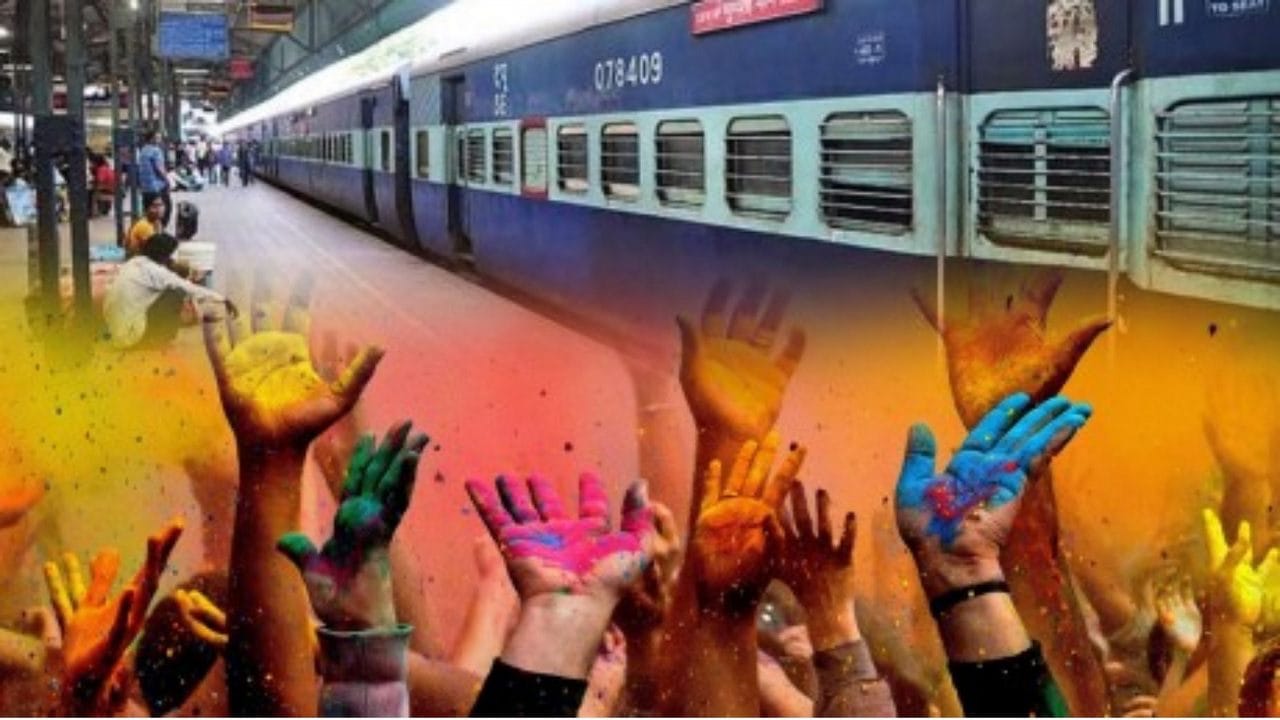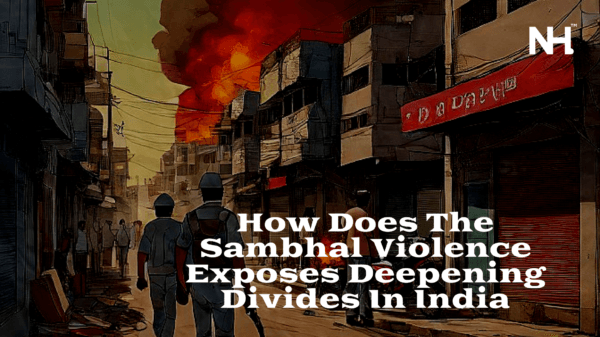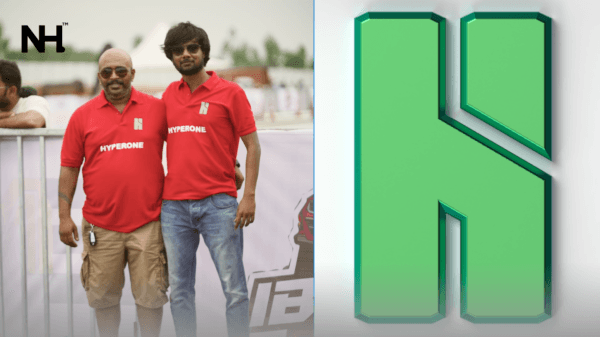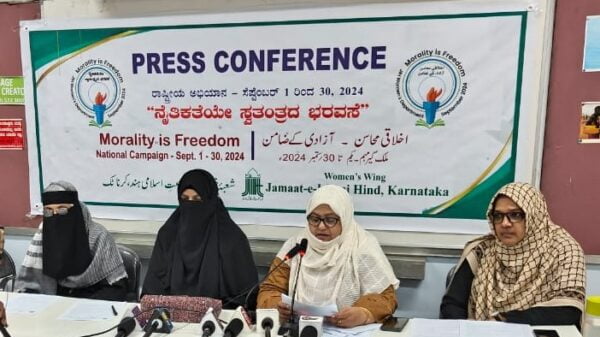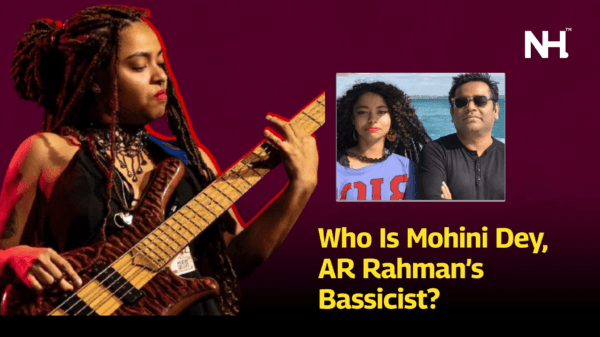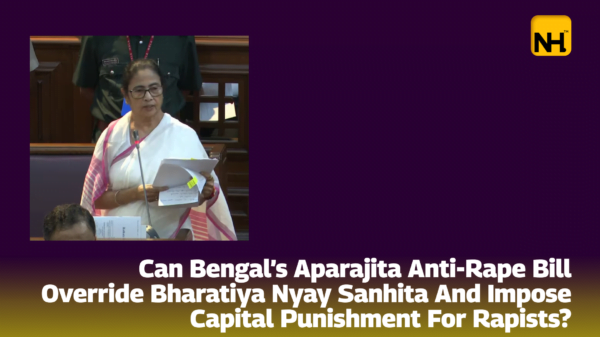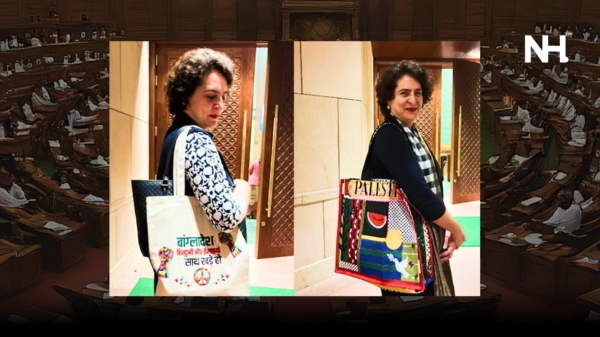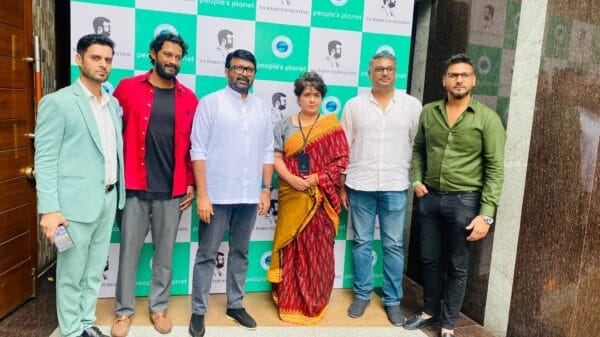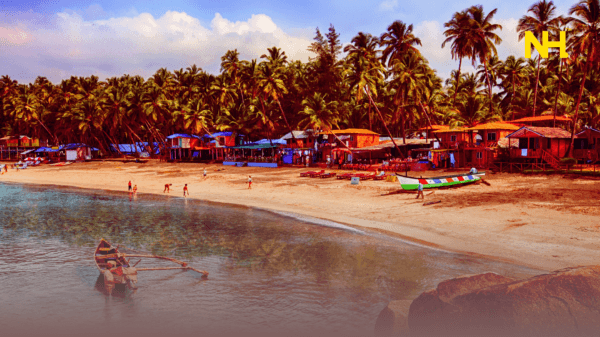A couple of social media users expressed anguish and disappointment over the depiction of folk art form Veeragase in the film Head Bush and demanded the scenes be removed from the film.
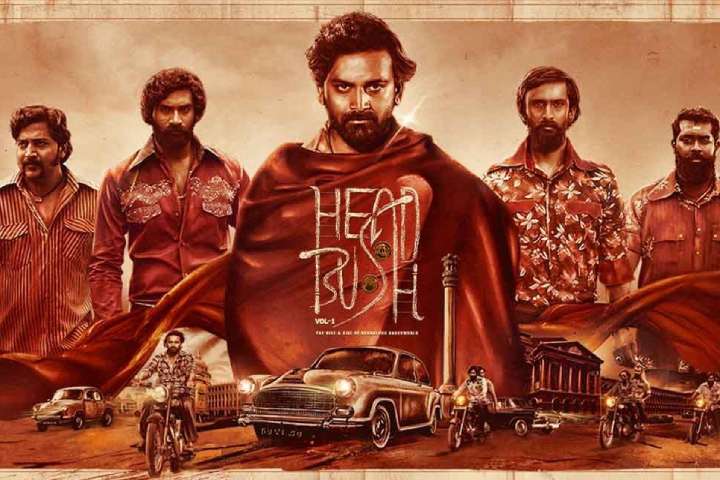
Source- IMDB
Veeragase is a traditional dance form; the origin of the dance form is from Karnataka, a state in India. The whole dance performance is based on the theme of Hindu mythology and is considered as an intense traditional dance form in southern India. It is mostly performed during the festival season, especially during Duserra and even during the Shravana and Karthika ‘Masas’ (months).
The basic tenets of Veeragase are drawn from Veeragama (One of the 28 key Shaiva Agamas) and usually Veeragase performers during their acts will convey some stories from the main six Shaiva Puranas like Shiva, Linga, Skanda, Agni, Matsya, Kurma – Puranas, and some Kannada Veerashaiva Puranas like Girija etc.
Since this dance performance is considered as a holy dance form, the jewellery used during the performance is Rudraksha beads for necklace, belts and as bangles. While wearing vibhooti and snake resembling dresses they dance with a sword and wooden plaque of Lord Veerabhadra.
Veeragase gets its name from the Hindu legendary warrior lord – Veerabhadra; Ajaata putra (Non biological child – who didn’t take birth formally) of lord Shiva. Veeragase is to be performed only by the Jangama also called Maheshwaras – clan of Veerashaiva/Lingayat community.
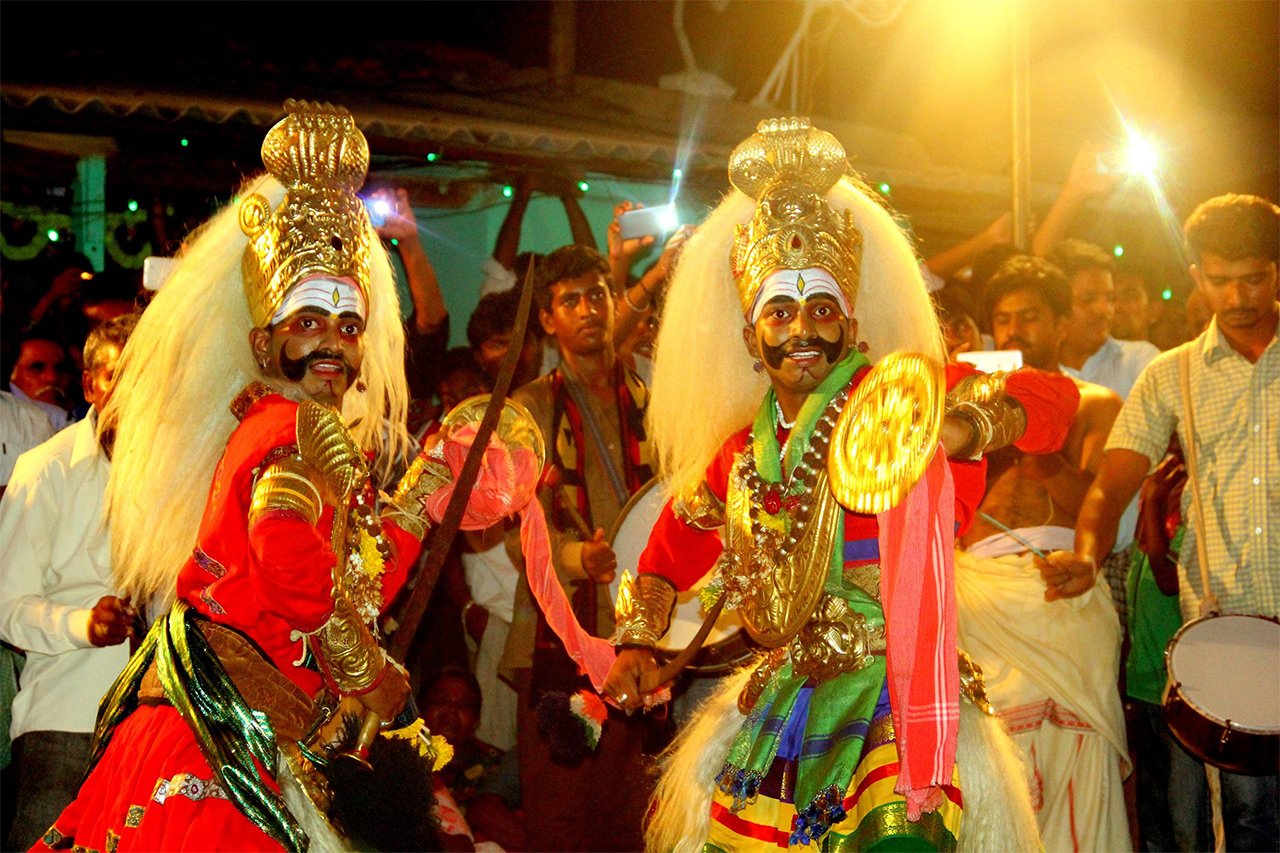
Source- Caleidoscope
The performers of Veeragase are also called Lingadevaru. The dancers put on a white traditional headgear and a bright red coloured dress. They also adorn themselves with a necklace made of Rudraksha beads, a hip-belt called rudra muke, an ornament resembling a snake and worn around the neck called Nagabharana and anklets. The dancers smear vibhooti on their foreheads, ears and eyebrows. They carry a wooden plaque of Lord Veerabhadra in their left hand and a sword in their right hand.
Female artists do not traditionally perform this art, but females have started to be a part of stage performances of non-religious nature which are merely folk dance.
There is only an even number of members while performing Veeragase dance form, i.e. either 2, 4 or 6. And a person is appointed to narrate each dance step and the story behind it, the story of Daksha Yajna.
A huge decorative pole called Nandi Kolu which has an orange flag at the top is held by one of the dancers. Traditional percussion instruments called sambal and dimmu lend music to the dance. Cymbals and shehnai and other instruments like karadi and chamala are also used. The dance also involves a ritualistic piercing of a needle across the mouth. The Veeragase dance performance is based in ritual and Puranas, hence it is performed across Karnataka with much grandeur and vigour.


